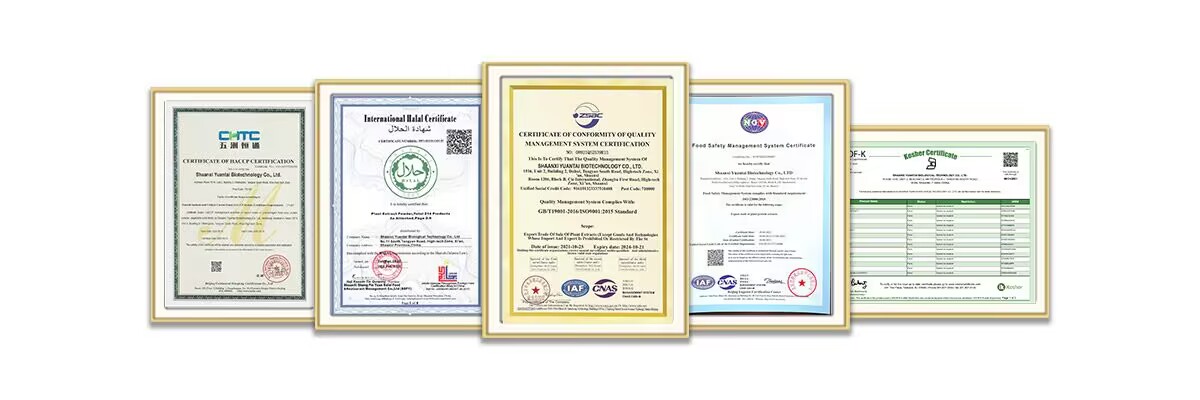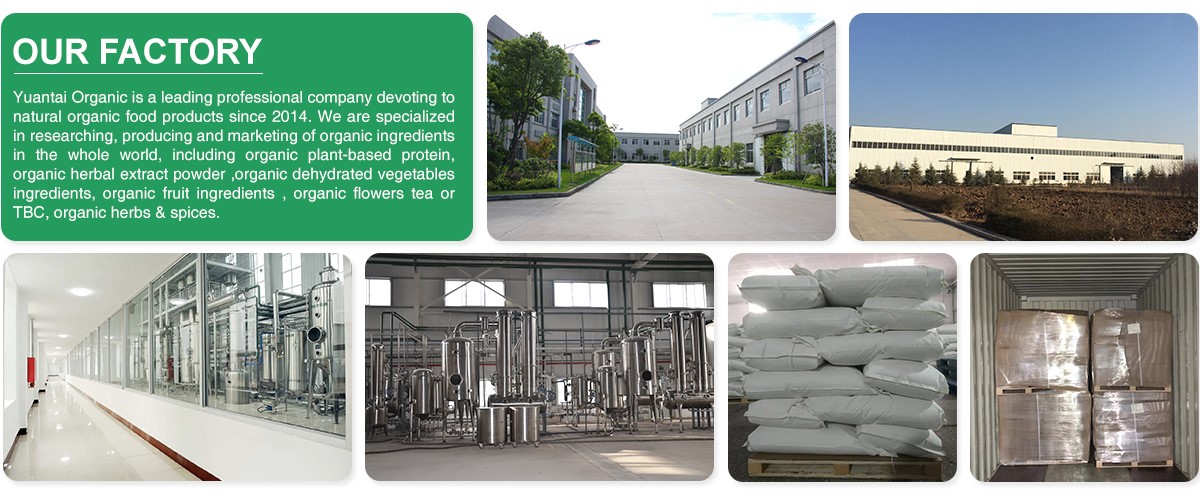Gardenia Blue Powder
Source: Ripe fruit of gardenia jasminoides
Appearance: Bule powder
CAS: 106441-42-3
Storage Conditions: Cool And Dry Place
Testing Method: HPLC
Shipping Speed:1-3 days
Certifications: ISO9001,ISO22000,Kosher,Halal,HACCP
- Fast Delievery
- Quality Assurance
- 24/7 Customer Service
Product Introduction
What is Gardenia Blue Powder?
It is a natural blue pigment, the main coloring component is Gardenia Blue Powder. This pigment is obtained by extracting yellow pigment from the fruit of Gardenia, a plant of the Rubiaceae family, and then treating it with food enzymes. Gardenia Blue is a water-soluble natural pigment. Its aqueous solution is bright and pure blue, and its dry powder is blue-black. It is non-toxic, odorless, easily soluble in water, has strong coloring power and stable performance.

The Functions Of Gardenia Blue Powder
Gardenia Blue Powder is a pigment made from Gardenia Blue pigment through fine processing.
Food colorant
Gardenia Blue Powder is widely used in the food industry, such as coloring or coloring of blended wine, carbonated beverages, juice (flavored) beverages, jams, candies, cakes, jellies, puffed foods, flatbreads, ice cream, etc. It has bright color and strong coloring power, and can give food an attractive blue color. Gardenia Blue pigment is a natural edible pigment extracted from the fruit of the Rubiaceae plant Gardenia, which is obtained through food enzyme treatment and has high safety and human compatibility.
Medicinal value
Gardenia blue is not only used in food, but also has medicinal value. Traditional Chinese medicine believes that gardenia has antipyretic, gallbladder and liver protection, anti-inflammatory, and anti-pathogenic microorganism effects. Modern research has confirmed that gardenia can be used to treat liver and gallbladder damp-heat syndrome, clearing heat and detoxifying, clearing heat and purging fire. In addition, gardenia has analgesic and detumescent effects, and can be used to treat sprains and pain.
Beauty effects
Gardenia blue also has its unique role in the field of beauty. It can effectively reduce the deposition of melanin on the skin, help beautify the skin tone, and also lighten spots. These beauty effects make gardenia blue a popular natural pigment.
Blending other colors
Gardenia Blue pigment is not directly colored much in food processing, but it can be matched with yellow pigments such as Gardenia Yellow Pigment, Safflower Yellow Pigment, etc. to mix green pigments of different colors. This green pigment has controllable hue and good acid resistance, and is suitable for acidic foods and beverages. In addition, Gardenia Blue Pigment can also be matched with various red pigments to mix different shades of purple, enriching the color selection of food.
Good stability
Gardenia blue has good light and heat resistance, and can maintain color stability within a certain range. Different types of gardenia blue products may have different hues and pH tolerances. Some acid-resistant varieties are not easy to precipitate below pH 2.5, while ordinary varieties are stable within the pH range of 4-10.
Gardenia blue is easily soluble in hydrophilic solvents such as water-containing ethanol and water-containing propylene glycol, and is insoluble in non-polar organic solvents. This feature makes it more convenient to use in food processing.

Comparison between Gardenia Blue Powder and Artificial Colors
Gardenia Blue Powder is a natural blue pigment derived from the fruit of the Rubiaceae plant Gardenia, which is made through extraction, fermentation, refining and other processes. Compared with artificial synthetic pigments, gardenia blue has the following characteristics and advantages:
Source and safety
Source: Gardenia blue is extracted from natural plants, while artificial pigments are usually produced by chemical synthesis.
Safety: Gardenia blue is considered to be a relatively safe natural food additive and is recognized by the standards of many countries and regions. Although artificial pigments have undergone rigorous food safety assessments, some artificial pigments may have potential effects on human health.
Color and stability
Color: Gardenia blue can provide different shades from sky blue to sea blue, suitable for coloring a variety of foods and beverages. Artificial pigments usually have brighter colors, but may fade due to factors such as light and temperature.
Stability: Gardenia blue has a stable color tone within the pH range of 3 to 8, good heat resistance, and can withstand 120°C and 60 minutes without fading. Artificial pigments may change color or fade under certain conditions.
Scope of use and regulatory restrictions
Scope of use: Gardenia blue is widely used in food, beverages, medicine, cosmetics and other fields. The application scope of artificial colors is also very wide, but in some countries and regions, specific artificial colors may be restricted or prohibited.
Regulatory restrictions: Different countries and regions have strict regulations on the use of food additives. Gardenia blue, as a natural color, is usually subject to fewer regulatory restrictions, while artificial colors may face more regulatory constraints.
Effects on the human body
Human body compatibility: Gardenia blue comes from natural plants and has good compatibility with the human body. Although artificial colors have been evaluated for safety, some people may be allergic or have adverse reactions to them.
Health effects: Long-term intake of certain artificial colors may be associated with health problems such as hyperactivity in children, although these associations have not been fully confirmed. Gardenia blue, as a natural color, has relatively low health risks.
Environmental impact
Environmental friendliness: The production process of gardenia blue is generally more environmentally friendly than artificial colors and has less impact on the environment. Harmful waste may be generated during the production of artificial colors, causing pollution to the environment.
In summary, gardenia blue, as a natural blue pigment, has certain advantages in terms of safety, stability, color, etc., especially in today's growing demand for natural and healthy food additives.
Application
Food Industry
As a natural pigment, Gardenia Blue Powder is widely used in the food industry. It can be used not only in dairy foods, meat foods, baked foods, flour foods, various beverages, candies, seasoning foods, etc., but also in frozen drinks, jams, pickled vegetables, candies, instant rice and flour products, fillings for grain products, cakes, baked food fillings and surface batters, condiments, fruit and vegetable juices, protein drinks, flavored drinks, solid drinks, prepared wines, puffed foods, etc.
Daily Chemicals
In terms of daily chemicals, Gardenia Blue can be used in facial cleansers, beauty creams, lotions, shampoos, toothpastes, shower gels, facial masks and other products.
Pharmaceutical Manufacturing
In the field of pharmaceutical manufacturing, Gardenia Blue can be used in health foods, base materials, fillers, biological drugs, pharmaceutical raw materials, etc.
Certificates
YTBIO is developing in an all-round way. We have our own factory, quality inspection and R&D team. We are committed to providing customers with the best quality Gardenia Blue Powderand services. It is our original intention to let every consumer enjoy high-quality and healthy products. If you have any needs or questions about our products, please feel free to contact us and we will reply you as soon as possible.

Packaging and Shipping


Our Company and Factory

Why choose us?
We have a professional product development team and perfect customer service. We have our own factory, use advanced production equipment and production technology, professional and experienced technicians to provide you with high-quality and Gardenia Blue Powder.
Hot Tags: Gardenia Blue Powder,Pure Gardenia Blue Powder, Natural Gardenia Blue Powder , Supplier, Manufacturer, Factory, Buy, Price, For Sale, Producer, Free Sample, OEM, ODM, Private Label, White Label.
_1737093401309.png)

